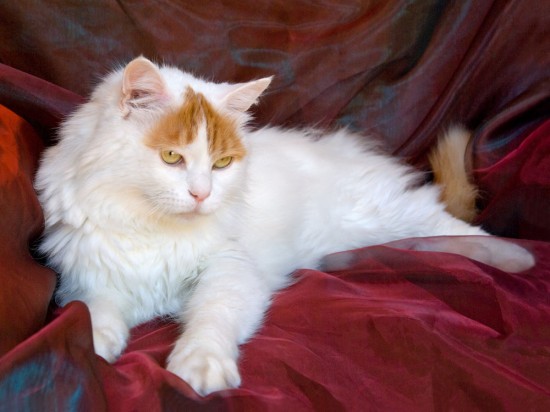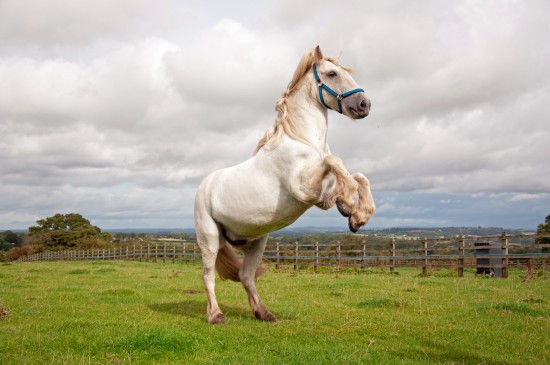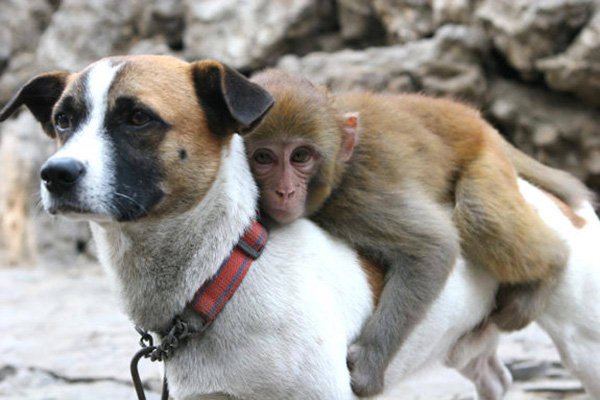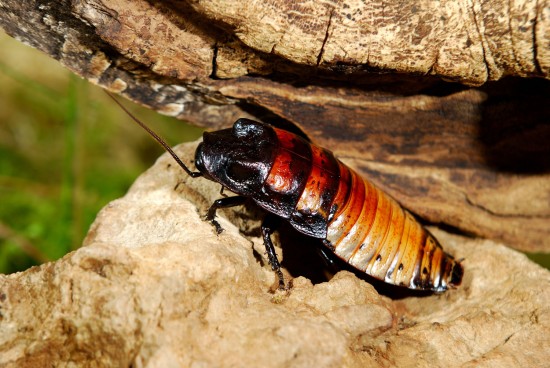
Potted plants are a common sight in houses and apartments everywhere, but most pet owners are completely unaware that their plants and gardens could be a death trap for their pets. Poisonous plants are everywhere, and the only way to keep a pet safe is to know what they are and their symptoms.
Cyclamen - This five petal flower with typically rounded or arrow-like leaves can be very poisonous for your dog. While the whole plant has a substance toxic to dogs, the root is where it is in its highest concentration. You may notice your dog having intestinal issues and may vomit violently.
Tulips - This spring favorite can be very dangerous for a dog. The real threat is the bulb, which contains a toxin that will irritate a pet's bowels. Initially, you may notice your pet has lost his appetite. This toxin could also depress your pet's central nervous system, causing convulsions or even cardiac arrest.
Lilies - These garden staples are most toxic to cats. Severe kidney damage is likely to result if your cat ingests its toxin, though the chemical to blame has not yet been identified.
Azaleas - Found in many gardens, these plants, if ingested, could lead to a coma for your pet in the worst cases. Less severe poisoning will result in drooling and loss of appetite and may depress your pet's central nervous system.
Hibiscus - This common houseplant can lead to loss of appetite, vomiting, diarrhea, and general nausea in your pet.
Autumn Crocus - The autumn crocus is a death sentence for a pet. Ingestion can lead to serious organ damage, vomiting and diarrhea, possibly bloody, and could suppress bone marrow functions.
Chrysanthemums - These flowers, appearing in many gardens and indoor pots can cause serious gastrointestinal upset including drooling and diarrhea. Occasionally, ingestion of this plant can lead to depression.
Apples and Apricots - It will be a shock to many to learn that apples can be very toxic for pets. While the fruit itself is safe, the seeds, stems, and leaves all have a form of the poison cyanide in them. Symptoms will include difficulty breathing, bright red mucous membranes, and shock.
Begonia - Begonias contain chemicals known as insoluble oxalates that will cause your dog or cat's mouth to burn. They may experience difficulty when swallowing.
Yucca - For those living in the desert climes, this plant can lead to heavy bouts of vomiting and diarrhea. Fortunately, it's pointy enough that most pets give it wide berth.
Chamomile - This plant, often cultivated for teas or as a calming agent, is home to a whole host of chemicals dangerous to your pet. Simply brushing against it will give your dog dermatitis, and ingestion can lead to anorexia, vomiting, diarrhea, and bleeding.
Avocado - Poisoning from avocados can lead to vomiting and diarrhea, but rarely death.
Garlic - If your pet eats garlic in big quantities, then it might be time to head for the vet's office. Garlic can eventually lead to hemolytic anemia, or the breaking down of your pet's red blood cells. You will also notice vomiting, weakness, possibly bloody urine, and a very fast heart rate.
Burning Bush - In large enough doses, the toxin from this bush, which turns bright red, will cause abnormalities in heart rhythms. In smaller dosages, expect weakness, vomiting and diarrhea, and intense abdominal pain.
Grapefruit - The toxins of this plant, found mostly in the leaves and rind of the fruit can lead to light sensitivity, depression, and vomiting/diarrhea.
Daffodils - This common garden flower is immensely toxic to dogs and cats. Ingestion can lead to vomiting, diarrhea, convulsions, arrhythmia, and low blood pressure. Common as they are, it's very important that your pet stay away.
The above is by no means a complete list, and if you are planning to plant a garden, it will be wise to take a few moments to research the plants you are about to put in the ground. Many are mildly toxic to dogs, though some can cause serious internal damage or death.
Dogs love habit and routine in their lives. They have expectations and form schedules for their feeding, potty and playing time. To find out more about canine dog training and other canine dog breeds, follow the links to visit CanineTouch.com now.
 The Turkish Van - A Cat That Likes To Swim!
The Turkish Van -
The Turkish Van - A Cat That Likes To Swim!
The Turkish Van -
 Retraining The Delinquent Horse
Retraining The De
Retraining The Delinquent Horse
Retraining The De
 High Quality Timber Chicken Houses For Your Poultry Flock
High Quality Timber Chicken Houses For Your Poultry Flock
High Quality Timber Chicken Houses For Your Poultry Flock
High Quality Timber Chicken Houses For Your Poultry Flock
 Training And Managing A Doberman Pinscher
Training And Mana
Training And Managing A Doberman Pinscher
Training And Mana
 Unusual Pets - The Madagascan Hissing Cockroach
Unusual Pets - Th
Unusual Pets - The Madagascan Hissing Cockroach
Unusual Pets - Th
Copyright © 2005-2016 Pet Information All Rights Reserved
Contact us: www162date@outlook.com